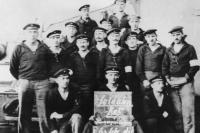 I am a big fan of strip kayaks in general and the designs of Nick Schade of Guillemot Kayaks in particular. Given that our family already owns five kayaks, it has become harder for me to argue that I really need one more. Nevertheless, I have even considered building a strip kayak in my basement but quickly realized that if I did manage to complete the project, I would have no way to get it out, short of excavation. I would not have the same problem if I built a strip kayak in my living room, but divorce is so expensive these days, so I decided against it. So, instead of building a kayak, through the wonder of Youtube, I can watch others build them. Here is a time-lapse video of one of Schade’s Petrel Play kayaks being built in just under one minute. If only it was really so quick and easy.
I am a big fan of strip kayaks in general and the designs of Nick Schade of Guillemot Kayaks in particular. Given that our family already owns five kayaks, it has become harder for me to argue that I really need one more. Nevertheless, I have even considered building a strip kayak in my basement but quickly realized that if I did manage to complete the project, I would have no way to get it out, short of excavation. I would not have the same problem if I built a strip kayak in my living room, but divorce is so expensive these days, so I decided against it. So, instead of building a kayak, through the wonder of Youtube, I can watch others build them. Here is a time-lapse video of one of Schade’s Petrel Play kayaks being built in just under one minute. If only it was really so quick and easy.
For those wanting more detail, Schade also has eight and twenty-minute videos of the same process.

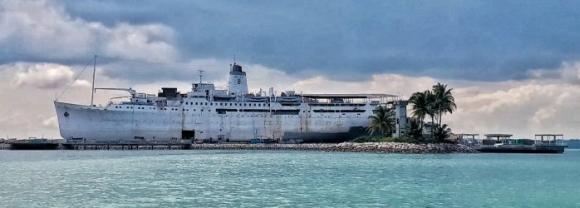
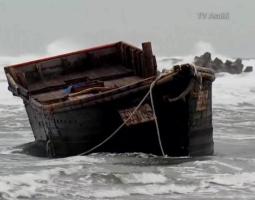 A
A 
 In 1775,
In 1775,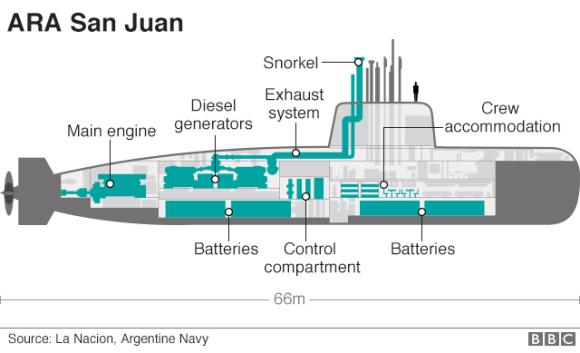 The news of the Argentine submarine ARA San Juan, missing since a week ago last Wednesday, has been uniformly grim. A report on Tuesday of a “heat stain” picked up by a US search place has come to naught.
The news of the Argentine submarine ARA San Juan, missing since a week ago last Wednesday, has been uniformly grim. A report on Tuesday of a “heat stain” picked up by a US search place has come to naught.  Happy Thanksgiving for those on this side of the pond and below the 49th parallel. (The Canadians celebrated the holiday in October.) Here is repost of a story I think is well worth retelling. In the United States, Thanksgiving only became a national holiday in October of 1863. One of the early advocates of the holiday was the remarkable Sarah Josepha Hale, who is also remembered for a famous nursery rhyme and had a World War II Liberty ship named in her honor. An updated repost from 2014:
Happy Thanksgiving for those on this side of the pond and below the 49th parallel. (The Canadians celebrated the holiday in October.) Here is repost of a story I think is well worth retelling. In the United States, Thanksgiving only became a national holiday in October of 1863. One of the early advocates of the holiday was the remarkable Sarah Josepha Hale, who is also remembered for a famous nursery rhyme and had a World War II Liberty ship named in her honor. An updated repost from 2014: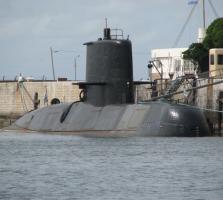 A
A 

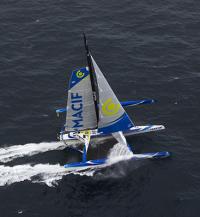 François Gabart has set a new solo 24-hour speed record of an extraordinary 851 miles sailed in 24 hours on his 98′ trimaran MACIF. Gabart set the new record sailing in the South Atlantic, averaging 35.4 knots.
François Gabart has set a new solo 24-hour speed record of an extraordinary 851 miles sailed in 24 hours on his 98′ trimaran MACIF. Gabart set the new record sailing in the South Atlantic, averaging 35.4 knots. “
“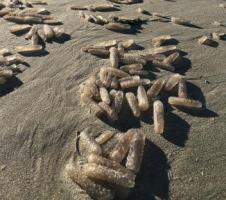
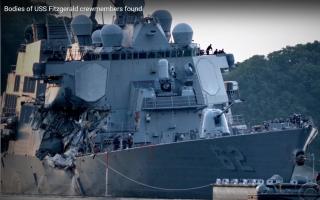 The US Navy has rightfully been undertaking a considerable review and revaluation of the problems that led to the recent ship collisions between the
The US Navy has rightfully been undertaking a considerable review and revaluation of the problems that led to the recent ship collisions between the